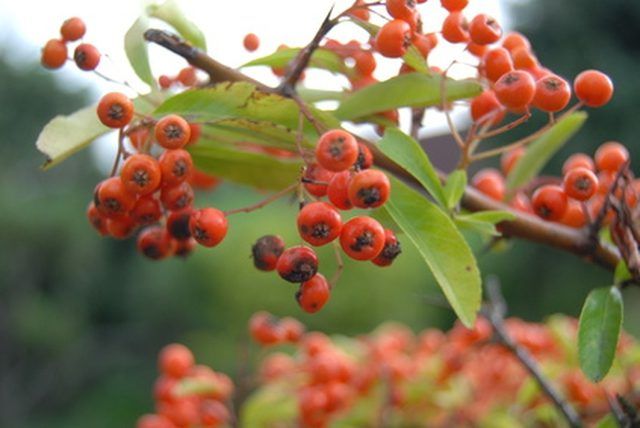Bulbs
Flower Basics
Flower Beds & Specialty Gardens
Flower Garden
Garden Furniture
Garden Gnomes
Garden Seeds
Garden Sheds
Garden Statues
Garden Tools & Supplies
Gardening Basics
Green & Organic
Groundcovers & Vines
Growing Annuals
Growing Basil
Growing Beans
Growing Berries
Growing Blueberries
Growing Cactus
Growing Corn
Growing Cotton
Growing Edibles
Growing Flowers
Growing Garlic
Growing Grapes
Growing Grass
Growing Herbs
Growing Jasmine
Growing Mint
Growing Mushrooms
Orchids
Growing Peanuts
Growing Perennials
Growing Plants
Growing Rosemary
Growing Roses
Growing Strawberries
Growing Sunflowers
Growing Thyme
Growing Tomatoes
Growing Tulips
Growing Vegetables
Herb Basics
Herb Garden
Indoor Growing
Landscaping Basics
Landscaping Patios
Landscaping Plants
Landscaping Shrubs
Landscaping Trees
Landscaping Walks & Pathways
Lawn Basics
Lawn Maintenance
Lawn Mowers
Lawn Ornaments
Lawn Planting
Lawn Tools
Outdoor Growing
Overall Landscape Planning
Pests, Weeds & Problems
Plant Basics
Rock Garden
Rose Garden
Shrubs
Soil
Specialty Gardens
Trees
Vegetable Garden
Yard Maintenance
Berry Leaf Shrub Identification
Berry Leaf Shrub Identification. Knowing how to identify berry leaf shrubs is important, especially when using them in landscaping or in the wild. The most common berry shrubs used in landscaping are the blackberry, currant, elderberry, raspberry and viburnum. Berries found on shrubs can be edible, inedible and even poisonous. Critical factors to...

Knowing how to identify berry leaf shrubs is important, especially when using them in landscaping or in the wild. The most common berry shrubs used in landscaping are the blackberry, currant, elderberry, raspberry and viburnum. Berries found on shrubs can be edible, inedible and even poisonous. Critical factors to look at when identifying berry leaf shrubs are shrub size, leaves, leaf arrangement, berry color and flowers.
Shrub Size
It is important to take into consideration the size of the plant when identifying berry leaf shrubs. Berry leaf shrubs can range in height from 3 feet tall to 7 feet tall. The shortest berry shrub, at only 3 feet tall, is the stink currant shrub. The red currant shrub, on the other hand, grows to be one of the tallest shrubs, reaching 7 feet tall. Berry shrubs also vary in their density. Some shrubs may be very full, while others may be more sparse.
Leaves
One of the simplest parts of the plant to use to identify a berry shrub is the leaves--the shape of the leaf, texture of the edge of the leaf (ridged or smooth), color of the leaf, and texture of the leaf (some may be velvety, smooth or even hairy). In identifying the type of shrub, the type of leaf should also be noted, that is, whether it's deciduous or evergreen.
Leaf Arrangement
How the leaves are arranged along the stem of the berry shrub should also be examined. The leaves may alternate down the stem or be paired or parallel with one another. Noting the length of the stem may also be helpful in identifying a berry leaf shrub.
Berry Color
One significant identifiable feature among berry shrubs is berry color. Berries can range from a deep purple on the elderberry shrub, a sapphire blue on the sapphire berry shrub, bright red on the raspberry shrub and even black on the inkberry holly shrub. Most berry shrubs produce berries in the last part of summer through fall.
Flowers
The features of the flowers on berry leaf shrubs are also very helpful in the identifying the shrub. When examining the flowers on the shrub, the size, color, number of petals and shape should be noted. Most often flowers on berry shrubs are light pink to white in color, but possess other significantly different features. For example, the flowers on the raspberry shrub are very large and can reach 1 inch in diameter.